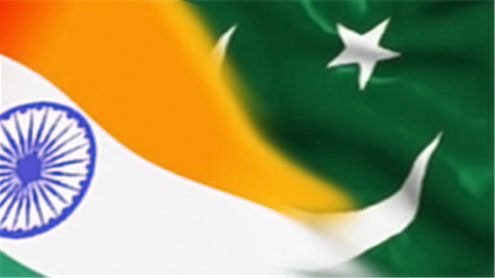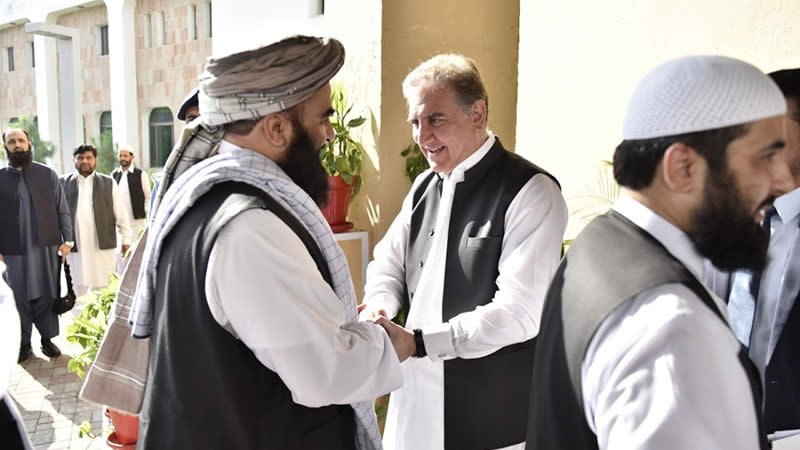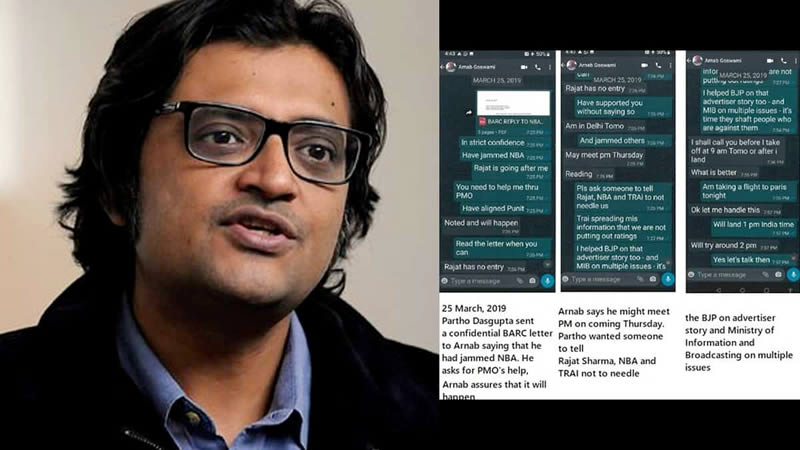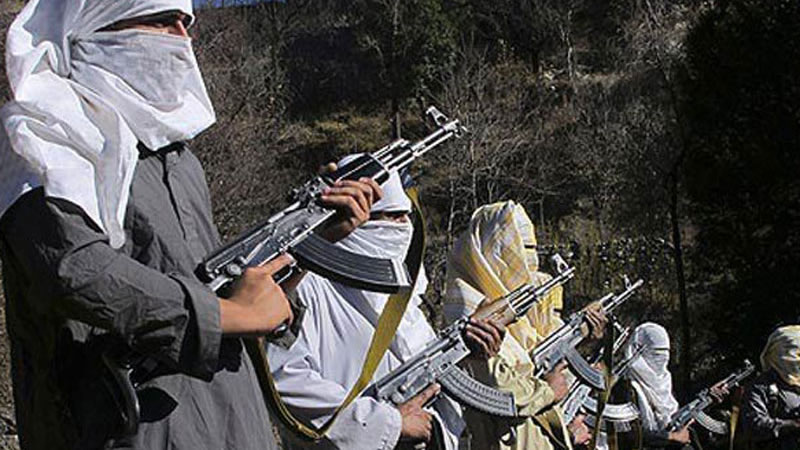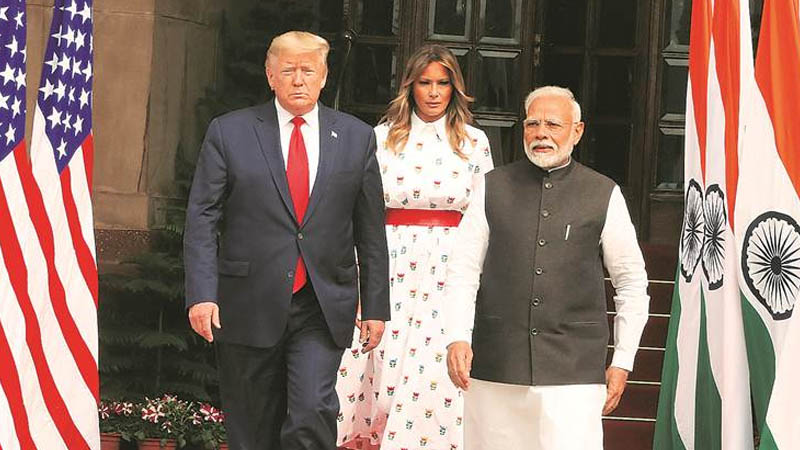 Right now, the visa regime in South Asia is easily one of the worst in the world
Right now, the visa regime in South Asia is easily one of the worst in the world
The news that India and Pakistan have agreed to ease decades of visa restrictions is sure to be welcomed by multitudes on both sides of the border. The joint working group of the two countries finalized a new draft visa agreement in New Delhi on Friday following months of negotiations and consultations. The draft accord will now be presented to respective governments for their formal approval “at an early date.” The new visa regime could help businessmen and senior citizens, who get multiple entry visas as is the practice in the United States and some European countries. It’s also proposed that people in general be allowed to visit up to five cities, instead of three, as is the practice now.
While the proposed changes are welcome, what the two countries need is a totally new approach and change of mindset, if you will. Right now, the visa regime in South Asia is easily one of the worst in the world. Getting an Indian visa for a Pakistani passport holder is nothing short of a nightmare. The situation is not much different for those on the other side of the border. Troubles of travelers do not end even after receiving the coveted visa, that is, if they are fortunate enough to get it.
Visitors have to go through endless checks, complex bureaucratic procedures and humiliation at every stage of their journey. Reporting to the nearest police station after arrival is only one part of the story. In recent years, with tensions between the neighbors rising, things have actually gone from bad to worse. The 2008 terror attacks on the Mumbai land marks, blamed on Pakistan-based extremist groups, have added to the woes of thousands of families split on either side of the geopolitical divide.
Under the circumstances, these moves to relax visa regulations by the neighbors are heartening. But they are clearly too little, too late. It’s about time governments in India and Pakistan woke up to the changed geopolitical realities and stopped punishing their people for their own insecurities and mutual mistrust. They have remained stuck in a time warp over the past six decades while the rest of the world has moved on and undergone a dramatic transformation. It’s a “global village” out there in every sense of the term.
Distances have shrunk and borders become increasingly soft. Countries are opening themselves to both new arrivals and new ideas. Today, you could freely travel across Europe from one end of the continent to the other without visible border restrictions or being humiliated at every check post between countries that not long ago fought years of devastating wars. This is the continent that witnessed the two Great Wars but it learned its lessons from them.
If Europe could do it, why can’t South Asia? Especially when unlike Europeans, India and Pakistan — and Bangladesh — have so much in common and were one country not long ago. From language to culture to faith, the ties interwoven across the subcontinent are robust and far stronger than the politicians acknowledge. Imagine the immense boost the two economies could get if they issued tourist visas and allowed freer access to visitors from the other side.
By opening its borders and allowing the so-called people-to-people contacts to freely bloom, the subcontinent could unleash its immense potential. It’s time to breach the South Asia’s Berlin Wall. – Arabnews


